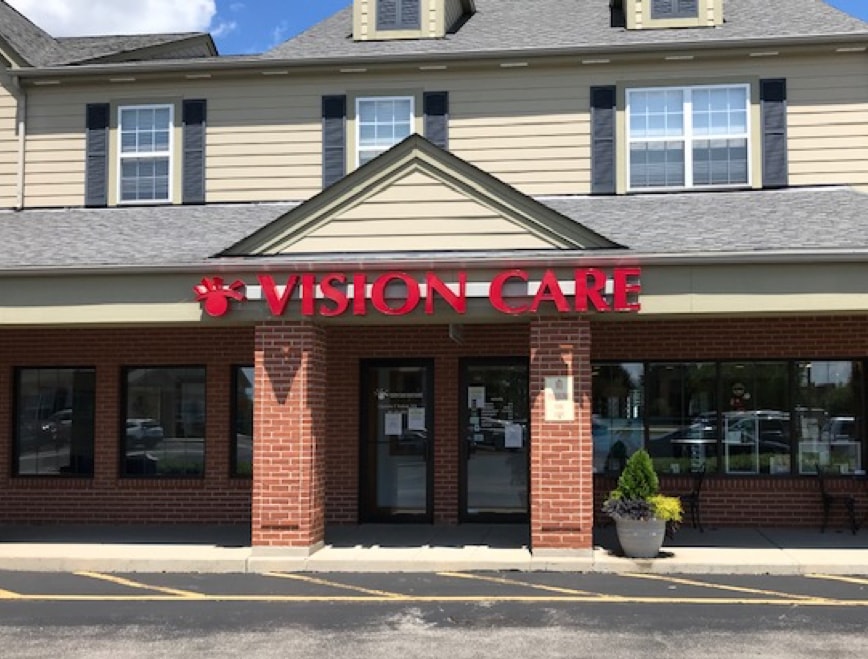What Are Cataracts?
Cataracts are an eye condition that develops in your clear crystalline lens. As cataracts grow, your natural lens becomes denser and more opaque, forming a milky or cloudy appearance.
There are 3 common types of cataracts that could develop:
- Nuclear cataracts form in the center of the lens. At the beginning of their development, nuclear cataracts can cause nearsightedness. But as they progress, your lens may become yellow or brown.
- Cortical cataracts look like small white wedges on the outer edges of your eye. As they develop, though, these wedges can stretch across your lens, interfering in your vision.
- Subcapsular cataracts develop at the back of your lens. As they develop, they can cause glare, poor vision in bright light, or even halos around light sources.













